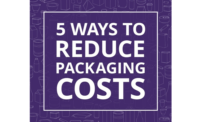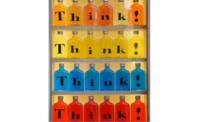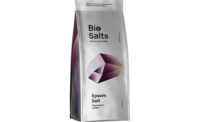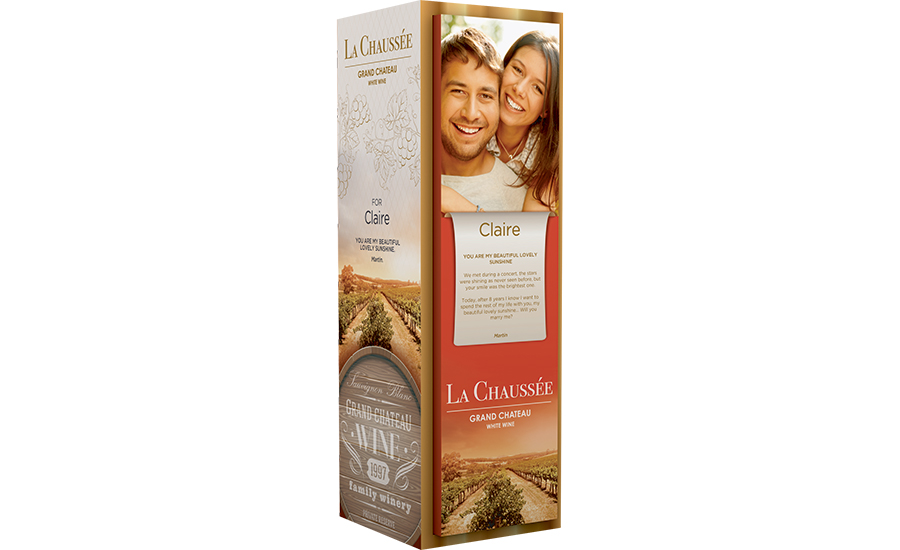Custom Branding
5 Ways to Reach Young Consumers with Customized Packaging
Strategies for capturing the Gen Z consumer.




For most of the past decade, consumers around the world have increasingly shifted their spending from brick-and-mortar to online stores, appreciating the convenience and immediacy of digital shopping. But that trend could be reversing as members of Generation Z — people born after 1995 — begin flexing their economic muscle. Consumer packaged goods (CPG) brands should pay close attention because this trend could have make-or-break implications for many of them.
According to a global Criteo study, while 75% of Gen Zers say they prefer making purchases online, 80% look forward to the experience of shopping in stores when time allows. The generation already commands $44 billion to $150 billion in annual spending power and is expected to make up 40% of all consumers by 2020.
From a CPG standpoint, brands can use customized packaging to capture the attention of this generation as they scan store shelves. Here are five ways CPG brands can compete for the attention of Gen Z:
1) Get Personal
Everybody appreciates products that are personalized just for them, and Gen Z is no exception.
In 2014, Coca-Cola successfully launched its “Share a Coke” campaign in the U.S., taking advantage of modern digital presses to produce personalized labels with hundreds of first names. Since then, Coke has expanded the campaign each summer, adding new names, song lyrics and flavors in a wider variety of packages. Through personalized packaging, Coke created a unique and tactile consumer experience for its brand.
More than 40 percent of the younger Generation Z population (those under 21 years of age) appreciate personalization because it helps pave the way to discovering new products and services, according to a recent IRI study. As such, CPG brands have an opportunity to connect with this important age group by creating innovative packaging designs that young people will want to purchase.
2) Tap into Experiences
Generation Z tends to be more serious about work than experience-driven millennials. But certain types of experiences still matter to them.
For example, sporting and musical events are fertile ground for CPG brands looking to reach and nurture relationships with young consumers. It doesn’t need to be a major event to make an impression. In fact, brands of all sizes often position themselves as part of local communities by producing custom labels or packages tied to regional events, like college football games or concerts.
Holidays offer another opportunity to use customization to connect with young people. For example, King of Pops, a Georgia-based frozen treats company, recently used digital presses and design software to produce tens of thousands of unique, playful and digitally printed wrappers for its Halloween flavors – all in just a few weeks. The nimbleness of the project was made possible by the use of digital presses.
3) Get Behind a Good Cause
Supporting or driving a philanthropic campaign is one of the best ways to connect with Generation Z. Nearly 60% see themselves as
socially conscious, and more than half say they’re more likely to buy from socially conscious brands, according to a survey by MNI Targeted Media.
Amarula, a South African producer of cream liquor, did this effectively when it recognized that the plight of Africa’s endangered elephants was top of mind for its customers. Each day, an average of 96 African elephants are killed by poachers for their ivory. To call attention to this problem, Amarula digitally printed 400,000 special edition bottles with a series of different elephant icons as part of their “Name Them, Save Them” campaign. The brand later removed elephants from its labels, drawing further attention to the cause.
Moving toward recyclable, reusable or compostable packaging materials can also help drive a stronger connection with young socially conscious consumers. This is a trend that is not going away, so it should be part of every brand’s marketing plan.
4) Shake It Up — Constantly
Every marketer or sales representative understands the value of a good promotion, but for CPG brands seeking to connect with Generation Z, that approach is even more relevant.
Reports find that the attention span of Gen Zers is about 8 seconds compared to 12 seconds for millennials. Unlike every generation before them, Gen Z has grown up exclusively in a world of Twitter, Instagram and Snapchat, where communication comes in snippets that are instantly replaced by new content. As such, marketers are realizing they need to deliver more “snackable” messages to this audience instead of full meals.
From a packaging standpoint, this could mean creating more limited-edition merchandise that makes young consumers stop, look and maybe pick up a uniquely packaged product from store shelves. Nutella did something similar last year when it released 7 million one-of-a-kind jars of its hazelnut spread in Italy. Using an algorithm, the brand changed everything except its logo, generating dozens of patterns and thousands of color combinations. Nutella is now working to expand the campaign.
5) Keep It Real
For modern consumers, authenticity is an increasingly critical component of interactions with friends, family and brands they associate with. In fact, a Stackla survey of 2,000 adults in the U.S., U.K. and Australia found that authenticity is important to 86% of consumers when deciding what brands they like and support.
This is even truer for young people who have grown up having thousands of messages coming their way through social media. The result is that they’ve become much more discerning about who and what they’ll pay attention to.
In custom packaging, the key to reaching this audience on an authentic level is to keep designs simple, avoid any claims that feel exaggerated and limit celebrity endorsements, since Gen Z tends to be more influenced by “real people” versus celebrities.
With so many young people becoming full-fledged consumers, it has never been more critical to consider the importance of packaging to a brand’s marketing mix. Figuring out how to market to younger generations has never been easy. But with well-designed, custom packaging or labeling, brands of all sizes can overcome such challenges and capture the attention of this important demographic.
Looking for a reprint of this article?
From high-res PDFs to custom plaques, order your copy today!








